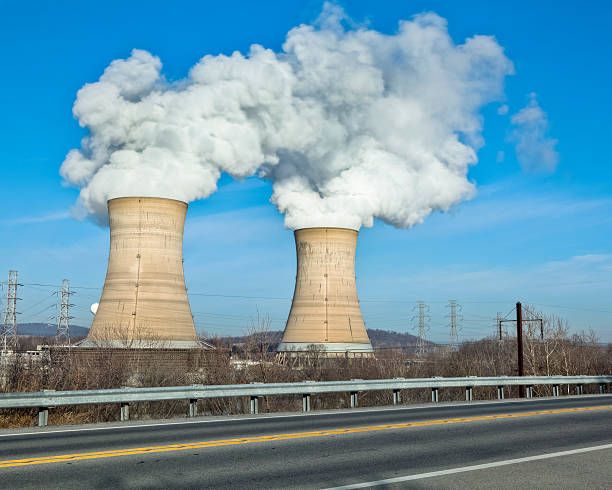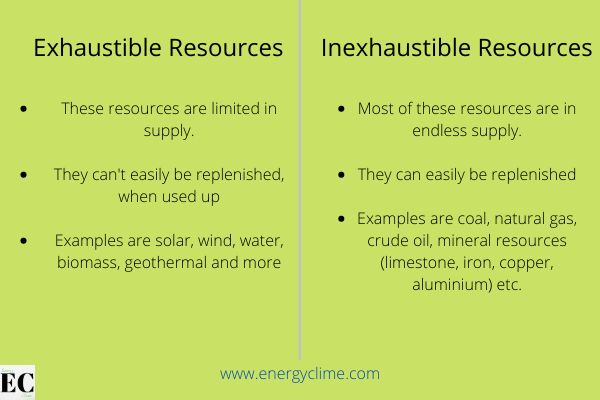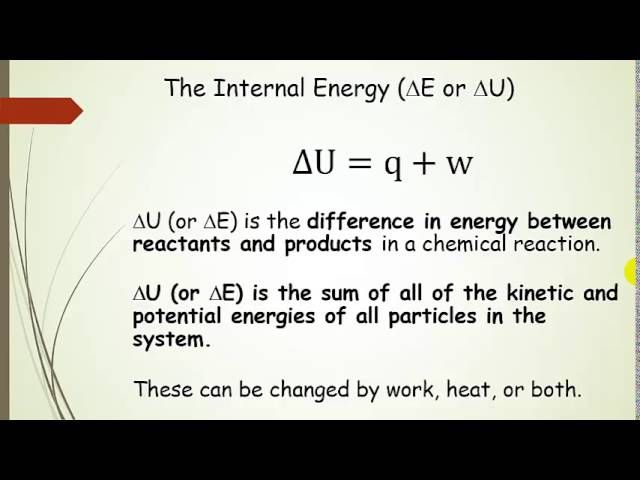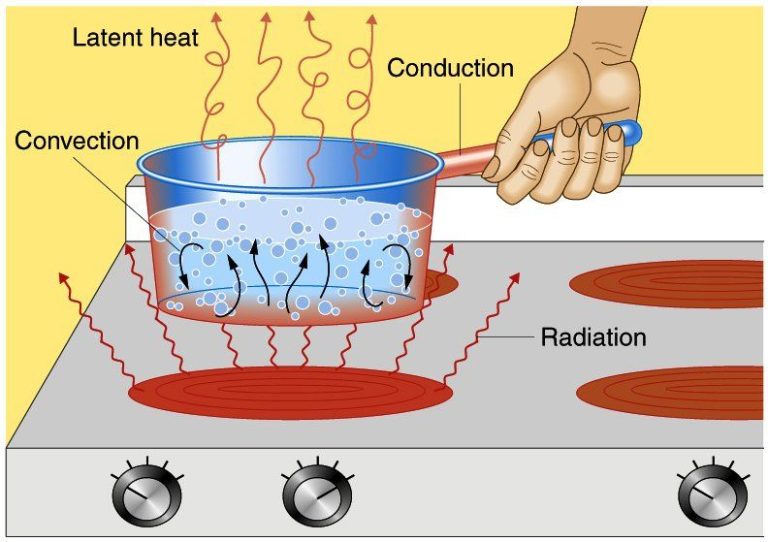Is Fusion Energy A Good Idea?
Fusion energy is a form of power generation that works by fusing together light atoms, such as hydrogen, at extremely high temperatures to form heavier atoms like helium. This process releases enormous amounts of energy that can be captured and turned into electricity. Fusion reactions occur constantly in the Sun and other stars, but recreating them on Earth is tremendously difficult due to the extreme temperatures and pressures required.
Fusion energy is being heavily researched as a potential future clean energy source because it offers several major advantages over traditional nuclear fission reactors. First, fusion reactions release far less radioactive waste than fission. The primary waste product of fusion is harmless helium gas. Second, fusion fuels are widely available and nearly inexhaustible, unlike the scarce uranium used in fission reactors. Third, fusion reactions are intrinsically safe and cannot runaway like fission reactions at nuclear plants. If conditions become unstable, the fusion reaction simply stops. For these reasons, mastering fusion energy could provide an abundant, sustainable source of low-carbon electricity to meet growing global demand. However, enormous scientific and engineering challenges remain.
Sources:
https://www.energy.gov/science/doe-explains-fusion-energy-science
https://www.iaea.org/bulletin/what-is-fusion-and-why-is-it-so-difficult-to-achieve
The Potential Benefits of Fusion Energy
Fusion energy offers several potential benefits that make it an appealing potential energy source for the future:
Abundant fuel source – The reactants needed for the fusion reaction – deuterium and tritium – can be readily extracted from seawater, offering a practically limitless fuel source.
No greenhouse gas emissions – Unlike burning fossil fuels, fusion emits no greenhouse gases, which could help combat climate change.
Less radioactive waste than fission – The byproducts of fusion are less radioactive than those from fission reactors, reducing nuclear waste disposal challenges.
Less risk of weapons proliferation – The radioactive materials needed for fusion cannot be used to make nuclear weapons, reducing proliferation risks.
The Challenges of Achieving Fusion
Fusion energy faces significant scientific and engineering challenges before it can become a viable energy source. The main challenges are producing and controlling an extremely high temperature plasma, designing a reactor that can withstand the conditions inside, and the high capital costs required.
Nuclear fusion requires temperatures of at least 100 million degrees Celsius, hotter than the core of the sun, to overcome the repulsion between positively charged nuclei and force them to fuse together. According to the IAEA, at a temperature of 150 million degrees Celsius, “the nuclei have so much kinetic energy that, when they collide, the repulsive force between them can be overcome” (IAEA). Generating and sustaining such extreme temperatures is extremely difficult and energy intensive.
The ultra-hot plasma also damages any material it touches, so containing it without disruption is a huge engineering obstacle. The GAO report notes that developing materials that can withstand the “extreme heat and neutron bombardment” inside a fusion reactor for decades remains a key challenge (GAO). New superconducting magnets or other advanced technologies will likely be required.
Additionally, building the first fusion power plants will require massive capital investments, likely tens of billions of dollars each. The plants must be designed to produce significantly more energy than they consume. Until fusion can be proven to work on a commercial scale, which hasn’t happened yet, private investors may be wary of funding such expensive and unproven ventures (Knowable Magazine).
Current Research on Fusion Reactors
There are several major research efforts focused on developing fusion energy:
ITER Tokamak Reactor – The ITER project based in France is an international collaboration building the world’s largest experimental tokamak reactor. Tokamaks use magnetic fields to contain superheated plasma in a donut shape in order to fuse hydrogen isotopes and release energy. ITER aims to produce a tenfold return on energy input and achieve temperatures over 100 million degrees Celsius. Construction began in 2013 and first plasma is targeted for 2025-2035 (1).
National Ignition Facility – The National Ignition Facility in California uses 192 ultra-powerful laser beams focused on a tiny target containing hydrogen fuel with the goal of ignition through inertial confinement fusion. In 2021, they achieved a key milestone by producing over 1.3 million joules of fusion energy, about 70% of the laser energy delivered to the target (2).
Private Fusion Companies – Startups like General Fusion and Commonwealth Fusion Systems are pursuing alternative fusion reactor designs using magnetized target fusion and high-temperature superconducting magnets respectively. These companies aim to develop compact fusion pilot plants within the next decade by leveraging innovative technologies and private investment (3).
(1) https://www.iaea.org/topics/fusion
(2) https://www.scientificamerican.com/article/what-is-the-future-of-fusion-energy/
(3) https://www.gao.gov/products/gao-23-105813
When Might Fusion Be Available?
Many experts believe that practical fusion power plants could be built within the next few decades, but significant technical and economic hurdles remain. According to a Euro-Fusion timeline, the first experiments fusing deuterium and tritium were conducted in 1991 at the Joint European Torus (JET) tokamak in the UK. In 1997, JET produced 16 MW of fusion power for less than a second, a record at the time. The timeline states that the next major milestone is ITER, an international tokamak project in France aiming to produce 500 MW of fusion power by 2035.
However, Wikipedia’s fusion timeline notes that ITER has faced repeated delays and cost overruns. The budget has ballooned from an initial estimate of $5 billion in 2006 to around $25 billion today, and the first plasma isn’t expected until 2025, ten years behind schedule. Beyond ITER, demonstration power plants would still need to be built and proven economically viable.
Some scientists forecast that commercial fusion plants could be operating by 2050. But ongoing challenges such as containing the plasma, high building costs, and lack of private funding may push general availability further into the future. Fusion likely won’t replace fission and fossil fuels overnight, but could play a role in the world’s energy mix by the end of this century if research efforts stay on track.
Cost of Fusion Power
The cost to build and operate a fusion power plant is a major consideration in determining if fusion energy can be a viable energy source. Estimates for the capital costs to build a fusion reactor range from $2-7 billion per 1,000 MW plant based on different fusion technologies [1]. The levelized cost of electricity from fusion is estimated to be around $50-80 per MWh according to recent analyses [2]. This would make fusion potentially cost competitive with other low carbon energy sources like wind ($30-60 per MWh), solar ($36-44 per MWh), and advanced fission reactors ($60-100 per MWh) [3].
However, these costs estimates for fusion are still very uncertain as commercial fusion reactors have yet to be demonstrated. The high capital costs are driven by significant expenditures for research, specialized materials, complex systems, and shielding requirements. Operating costs are lower than fission but driven mainly by plant availability, with higher availability leading to lower electricity costs.
Fusion Compared to Renewables
Fusion energy has some potential advantages compared to renewable sources like solar and wind, but it also has drawbacks. According to the PBS article “Nuclear Fusion Is Not the ‘Holy Grail’ of Clean Energy” https://www.pbs.org/wnet/peril-and-promise/2023/04/nuclear-fusion-is-not-the-holy-grail-of-clean-energy/, fusion could provide constant baseline power unlike intermittent renewables. However, the article notes fusion’s very high capital costs and long timelines compared to rapidly scalable solar and wind projects.
Fusion may complement renewables as a zero-carbon baseload source. But the Horiba article “How fusion breakthroughs will lead to clean renewable energy” https://www.horiba.com/int/scientific/resources/science-in-action/how-fusion-breakthroughs-will-lead-to-clean-renewable-energy/ argues fission reactors can already fill the baseload role until fusion becomes viable. Fusion’s theoretical advantages over renewables remain unproven.
Public Opinion on Fusion
Several polls have been conducted to gauge public support for and concerns about fusion energy. According to a 2020 survey across 13 European countries, 71% of respondents said they would support building fusion power plants in the future. Support was highest in France at 87% and lowest in Austria at 55%. The main concerns cited were related to safety, costs, and nuclear waste. A 2022 poll by CITRIS and the Banatao Institute at the University of California, Berkeley found that 68% of Americans support increased government investment in fusion energy research. Support was highest among Independents at 73% and lowest among Republicans at 64%.
There are some notable differences by country as well. For example, a 2021 poll in the UK found 80% support for fusion energy, with high levels of confidence it would be safe and not produce significant waste. [1] However, support in Germany was lower at 55% in the 2020 European poll, likely due to continued negative associations with nuclear power after the Fukushima accident. [2] In general, support tends to be higher in countries already utilizing nuclear fission power.
Expert Opinions on Fusion Viability
There is a range of views among experts on whether fusion energy is viable and if so, when it might become a reality. According to a 2022 report by the U.S. Government Accountability Office, some experts believe fusion could be demonstrated at commercial scale by 2035, while others argue significant scientific and engineering challenges remain that make forecasts beyond 2050 speculative (1). Those more optimistic point to recent advances like the 192-second sustained fusion reaction achieved by the National Ignition Facility in 2021 as signs of progress. More skeptical experts caution that achieving net energy gain from fusion is still far off, and many engineering challenges around materials, fuels, and reactors remain before fusion can become commercially viable.
Proponents argue fusion energy offers potential benefits like abundant fuel available from seawater, no long-lived radioactive waste, and no risk of meltdowns that make pursuing research worthwhile (2). Critics counter that decades of research have not yet produced a positive net energy reaction, let alone an economical fusion reactor design, suggesting fundamental barriers may remain. Some cite the many billions spent on fusion research with little commercial progress. Others argue money would be better spent on existing renewable sources like solar and wind that are commercially viable today.
While opinions differ, most agree that fusion faces significant technical hurdles. But given its potential payoff, many argue continued research remains warranted. Fusion realizing its promise may hinge on further scientific and engineering innovations emerging in the coming decades.
Conclusion
In summary, fusion energy has enormous potential benefits, including providing an abundant, safe, and environmentally-friendly energy source if the technology can be successfully harnessed. However, there are still significant scientific and engineering challenges to building a net energy producing fusion reactor. While promising progress has been made and multiple experimental reactors are under construction, the viability of fusion energy likely remains decades away. Overall, fusion energy research appears to be a worthwhile long-term investment, but should not replace continued efforts to deploy renewable energy sources like solar and wind in the near future. If scientists can overcome the remaining hurdles, fusion could play a major role in a sustainable energy future. But it remains uncertain if or when the promise of fusion power will ultimately materialize.





